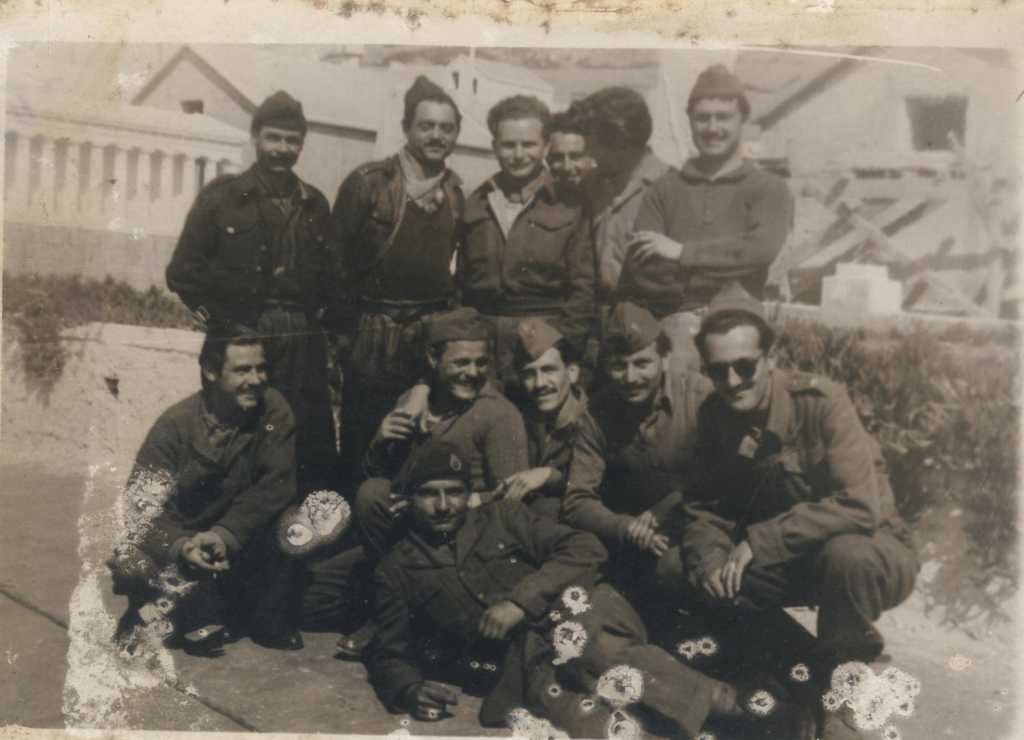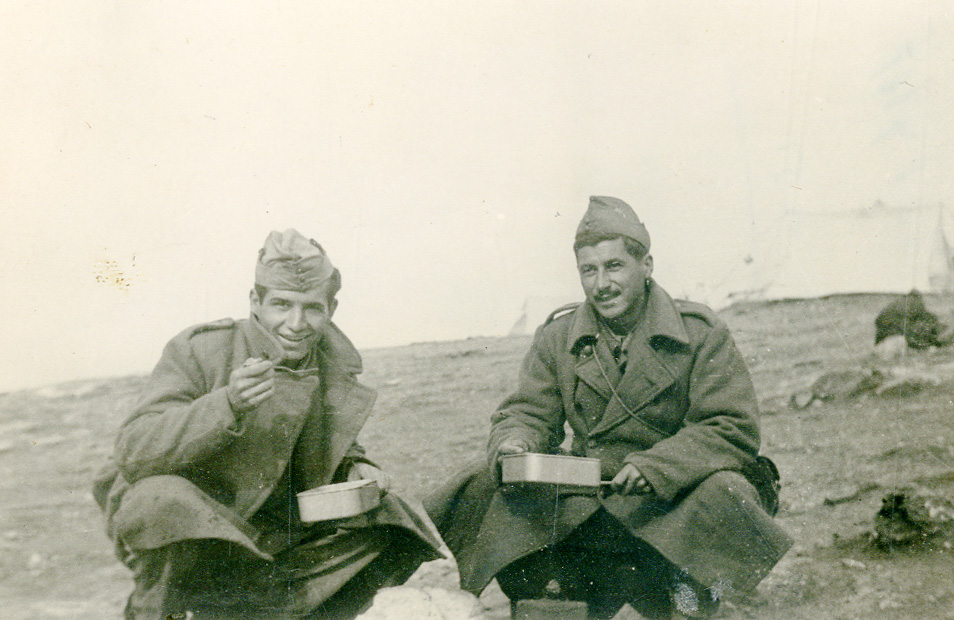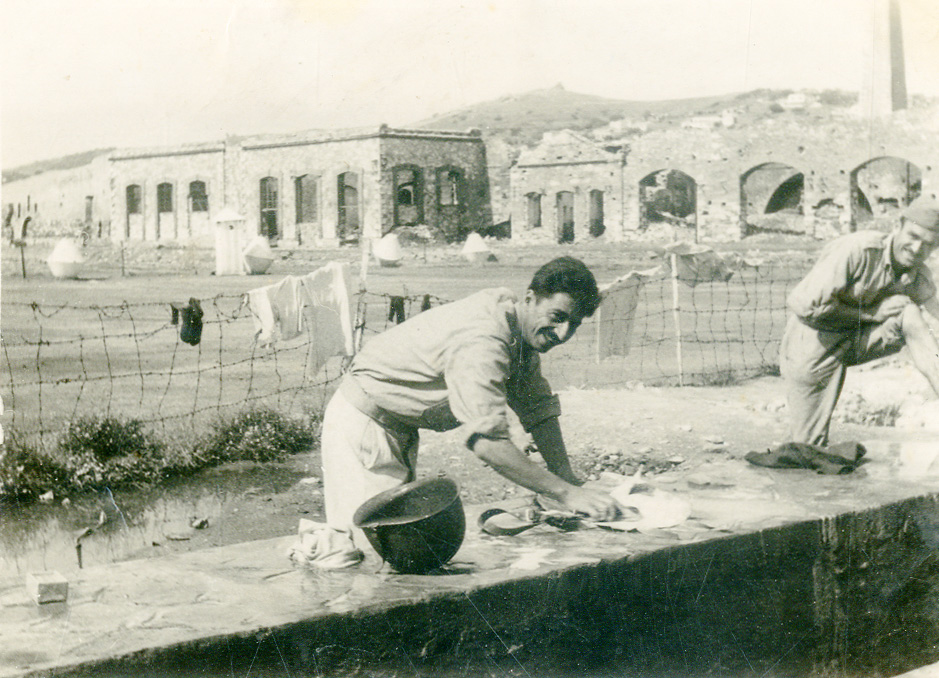Why Makronissos
From 1947 until 1961 the island of Makronissos was used as a space of confinement and exile for over 40.000 Greek citizens who were discriminated by the anti-communist State for their political beliefs.
The ASKI Digital Museum offers a unique insight in the exile experience illustrating the everyday conditions, the politics of repression, and the traumatic legacies of this important

The island’s history before 1946
Makronissos is a rugged, deserted island that lays parallel to Attica’s eastern coast. Traces on the island suggest habitation by metalworkers, livestock herders, beekeepers and monks at different, non-consecutive periods. Their presence was linked to the economic and other activity on the nearby island of Kea and in the Lavreotiki area on the Attica coast.
1947-1950
The military camps on Makronissos were established by the National Army to “cleanse suspect” soldiers and officers from the ranks and thus to safeguard the combat-readiness of the troops deployed against the Democratic Army of Greece (DSE).


1951 – 1961
The beginning of the end of the military camps on Makronissos began in 1950. The civil war had ended in August 1949, but the Makronissos camps continued to operate, the number of detainees swelled, and the allegations in the press about conditions within them multiplied.
Arts
Makronissos was not just an island of exile and torture; it was also a place where scores of prisoners created artworks during their incarceration or whose incarceration inspired their later work. Prominent artists detained on Makronissos because of their political views painted, directed or performed theatre, and wrote poetry to entertain their fellow prisoners or to record their experiences as exiles.
